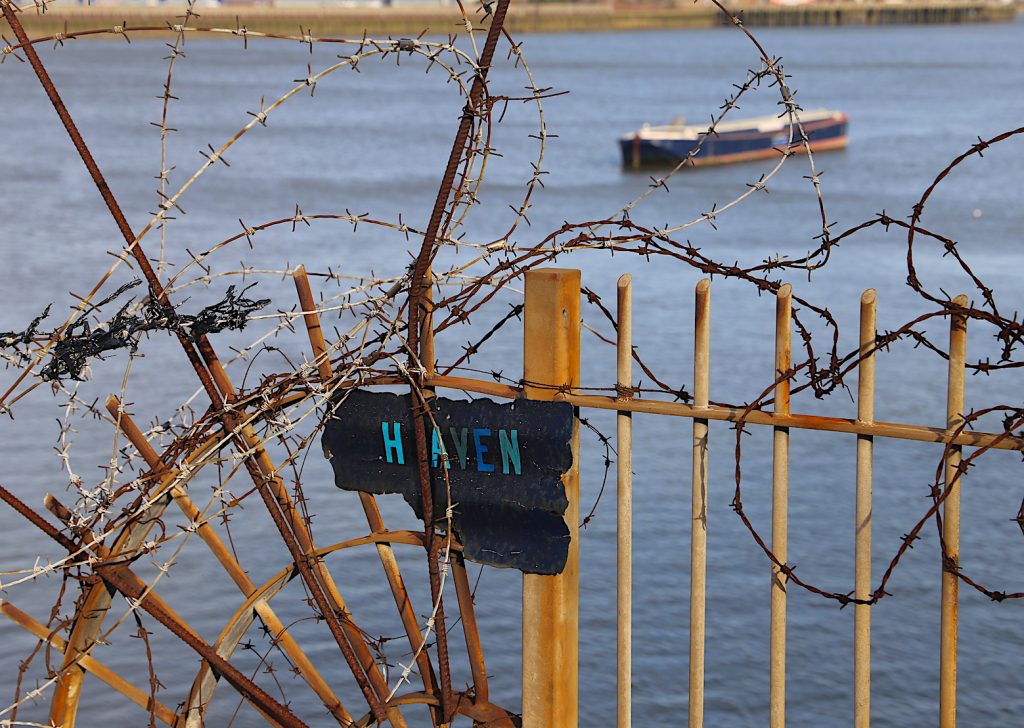Watery Woolwich: Celtic Omphalos of London
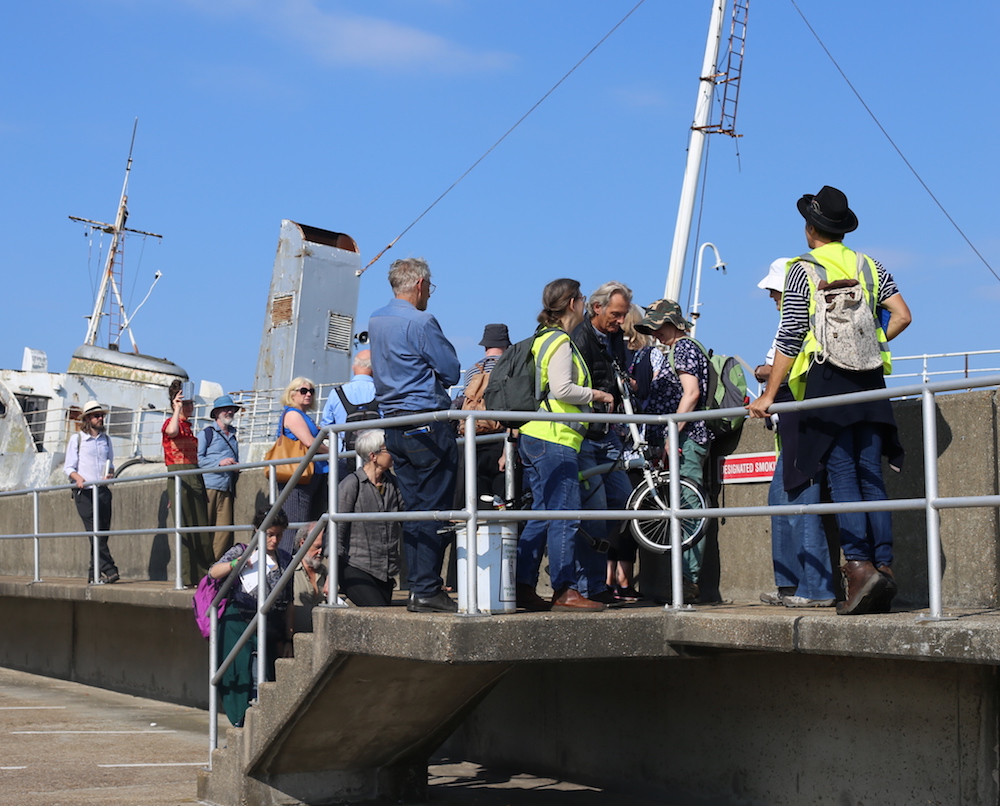
“Around the millennium, on the edge of Woolwich Arsenal’s secret city, a potentially new chapter in London’s history was being hurriedly re-buried, Here on the site of the demolished Woolwich Power Station, Sailor Forbes guides you on a tour of London’s true centre, the Celtic Omphalos of the pre-Roman City complex lost beneath the destructive power of this ‘civilising’ Empire. And before this modern glassy empire of Riverside apartments, lay a network of pathways and waterways linking another culture, looking out, far and long, down the Thames Delta toward a Celtic Europe.” (Charlie Fox 2021)
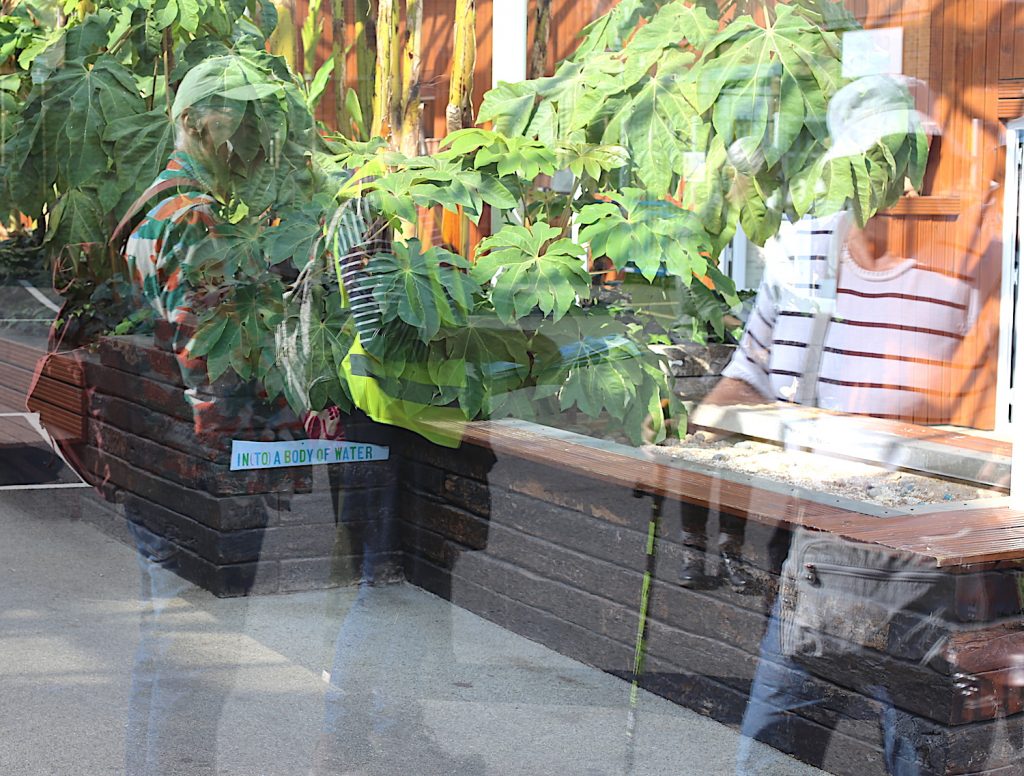
Arriving straight and without too much ritual – “Into your Watery Body” – The late bronze age or early iron age practice of making ritual offerings into sacred water. How fleetingly Sailor Forbes appears in ghosted reflections. This watery sacrifice and custom of offering continues even in the present.
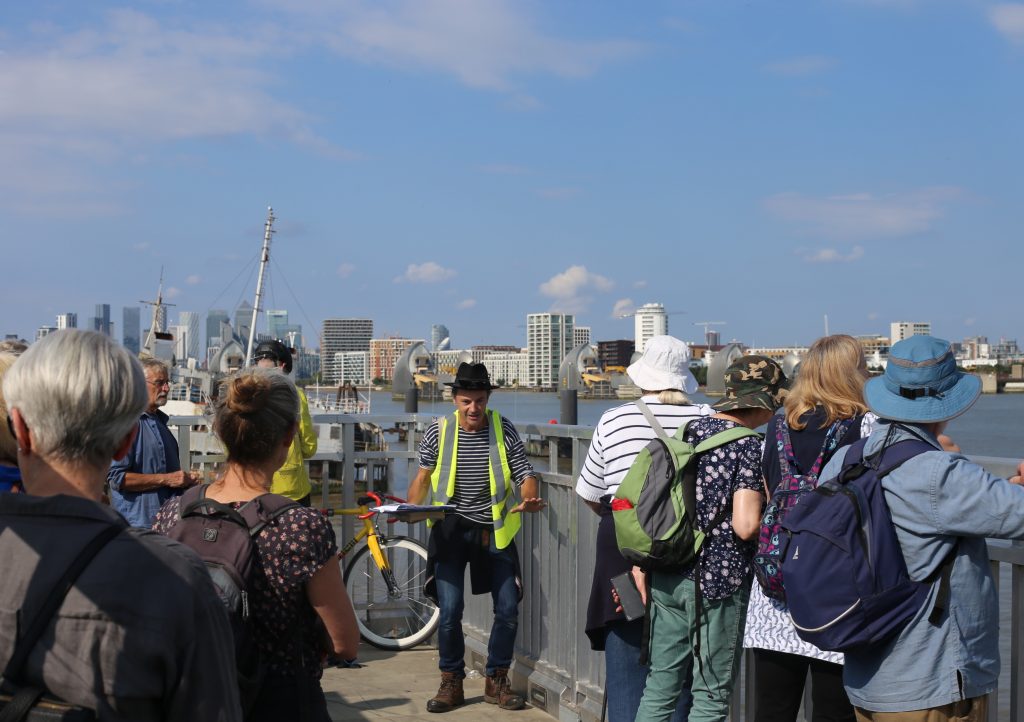
On the suspended ramp – dancing Forbes spirit – the Tate & Lyle factory floating on the otherside, across the body of water, tide up and down the Thames, the sugar cane is still arriving from the Carib/bean.
“In 2016, the Museum of London suggested that the city’s pre-Roman name was Plowonida, a Celtic word meaning fast flowing river.” A busy body of interconnected water ways where pre-Roman cultures coexisted with the Thames Delta, making swift exchange with the continent, in enervating or irritating presence.
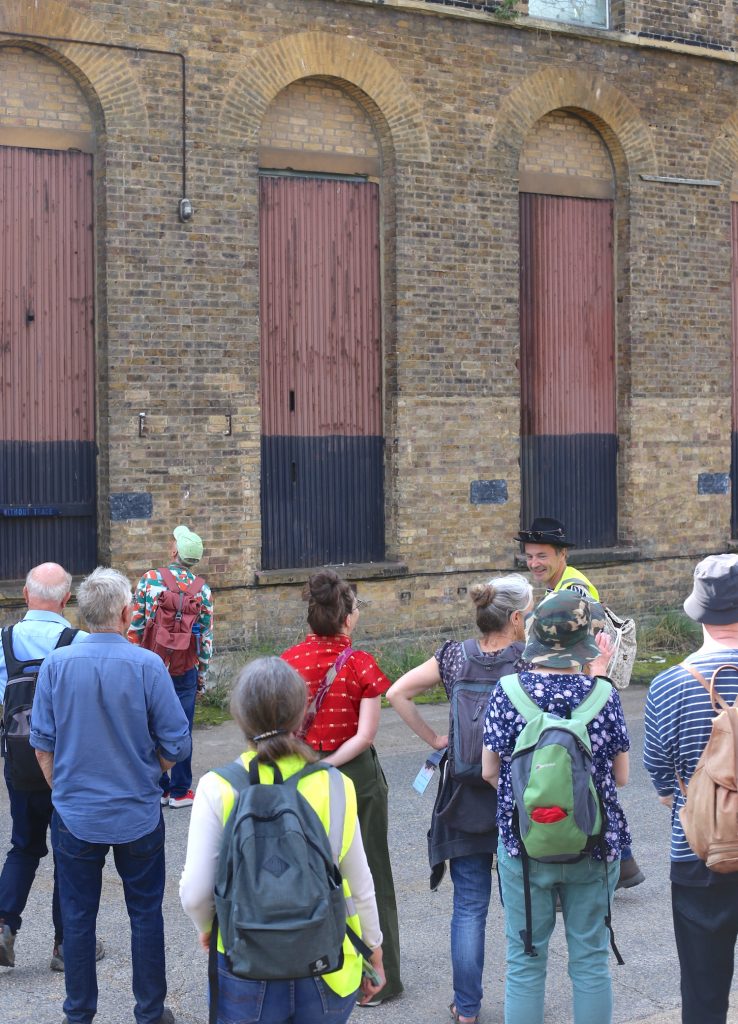
“Sunk without Trace”– looking up at one of the remaining Woolwich Naval Dock workshops Sailor Forbes apparently returned, to recreate from traces, a complex mapping of pre-Roman settlement entirely independent of the Roman foundation of London the City. Sunk beneath the fluivial mud and the shifting gravels, now appears the original centre of a Celtic metropolis sited here on the Thames – as vital node of the Druid’s geometrical and temporal mapping of Europe.
‘Because of the constant threat from treasure-hunters,’ the discovery had been kept secret since 1986…(now) the Kent Archaeological Rescue Unit could reveal that ‘a major fortified settlement’ had been discovered on the Woolwich Power Station site: Constructed about 250 BC, centuries before the foundation of the City of Londinium by the Romans, this major site on the south bank of the River Thames controlled the river for over 200 years. …The complete defensive circuit would have enclosed an area of at least 15-17 acres… dominated a wide area and was effectively the capital of the London Basin for part of the Iron Age.’ (quoted from Graham Robb’s The Ancient Paths- Discovering the Lost map of Celtic Europe, 2013: 260-261)
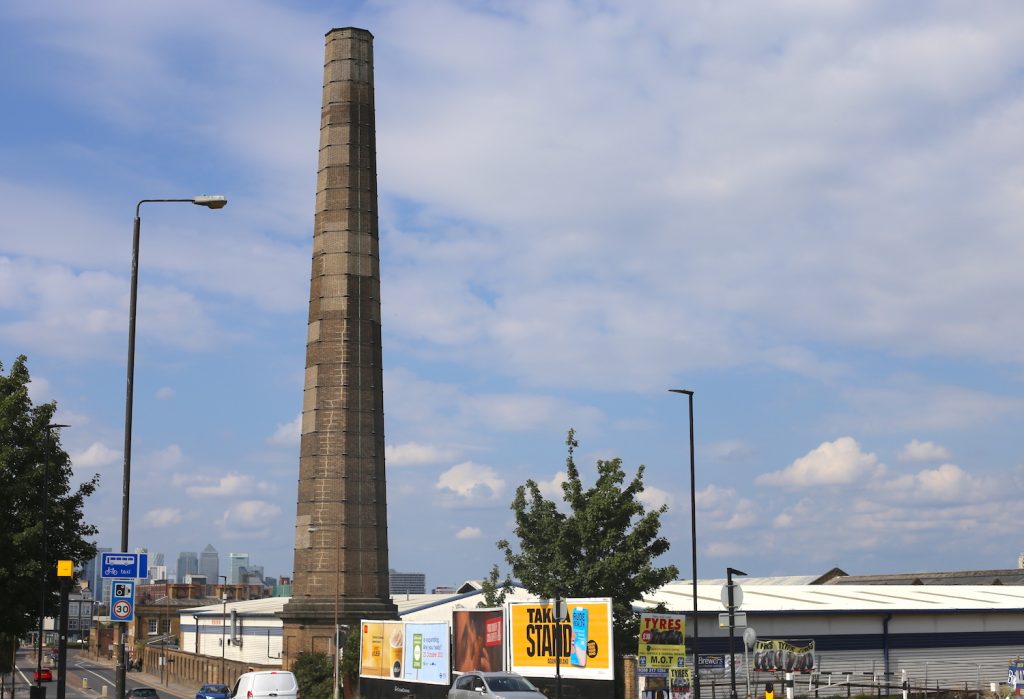
We come out of the Docks in order to see the majestic Steam Foundary Chimney, that still dominates the landscape.
“At Woolwich Dockyard relatively little of historic interest remains. The main monumental building complex comprises a small cluster of 18th-century buildings: the entrance gate, the guardhouse and the so-called Clock House 1750’s (Dockyard offices). A pair of 19th-century docks remain on the site of their 16th-century predecessors. The later development of the Dockyard in the Victorian period is represented by the Steam Factory and the Dockyard chimney, a prominent landmark, and further west by a group of buildings at the site of the Siemens factory.” (Wikipedia entry Sept 2021)
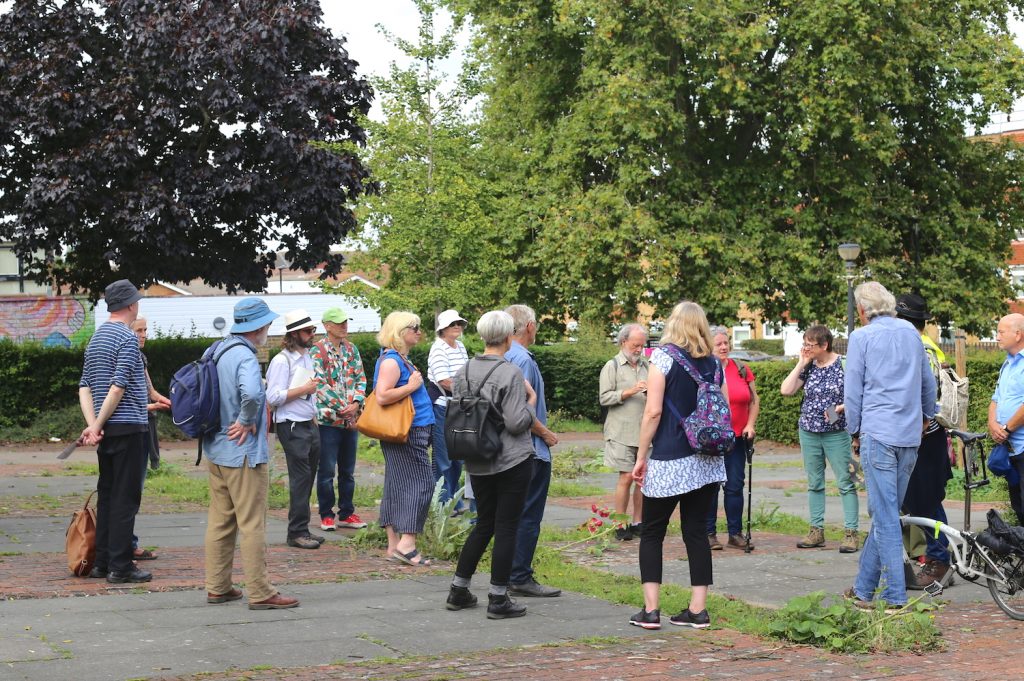
We stand outside the Clockhouse Community Centre waiting for a signal. The ground appears firm but somehow we feel it shift beneath us. The ground waters mingle with the brackish tide as it eases through the cracks and pores in the flood wall. From the top of the Clock Tower you can still get a 360 degree view of the landscape and look along the Thames to Kent or back up to the City. Who else has looked out from the Clock Housing and wondered, where the waters are flowing and where they are might be taking us…
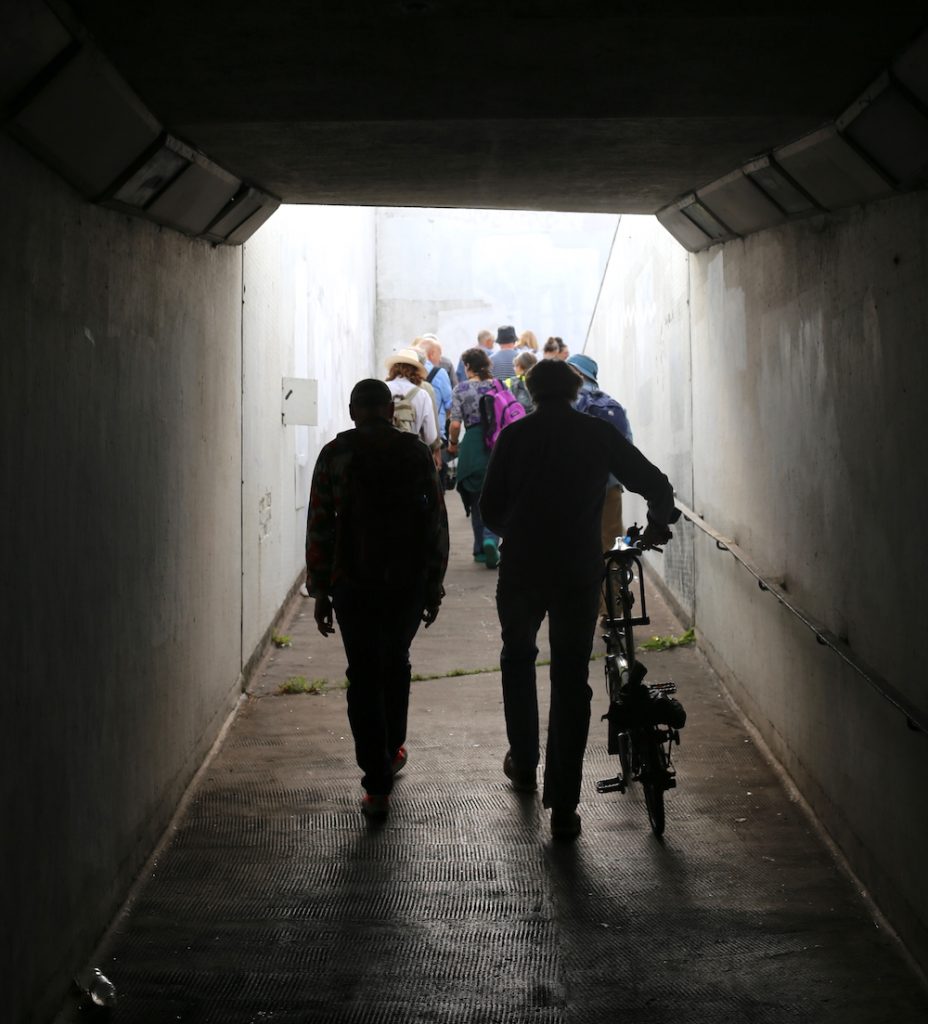
Exiting another tunnel we are surprised to be entering another temporal space.
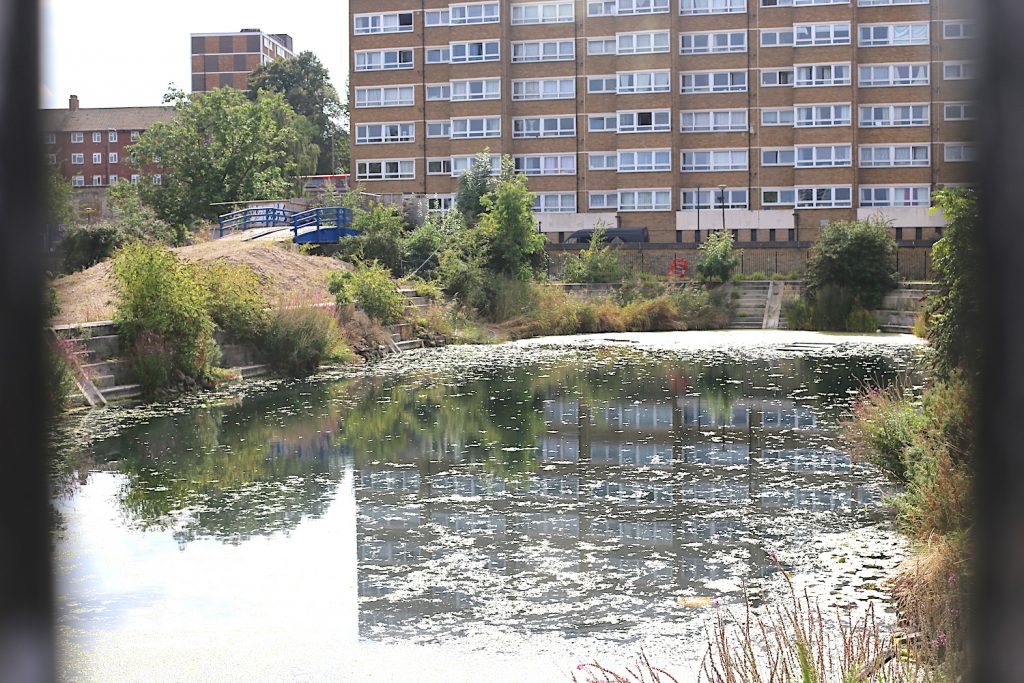
We are walking back through the tunnel again and peering out to 1512, a soupy pond, once a naval shipyard stares back at us, a dark green mirror.
A naval shipyard was… “established at Gun Yard, east of Bell Water Gate (now a car park next to the Waterfront Leisure Centre). Gun Yard or Gun Wharf may have been formed from two existing yards, Crane’s Wharf and Daniel’s Wharf, using about 80 meters of river frontage between Bell Water Gate and Globe Lane. In 1515 the Henry Grace a Dieu was built here, at the time probably the largest warship in Europe. Not long after this, in the 1540s, the naval yard moved to an area further west and became known as The King’s Yard or Woolwich Dockyard.” (Wikepedia Entry Sept 2021)
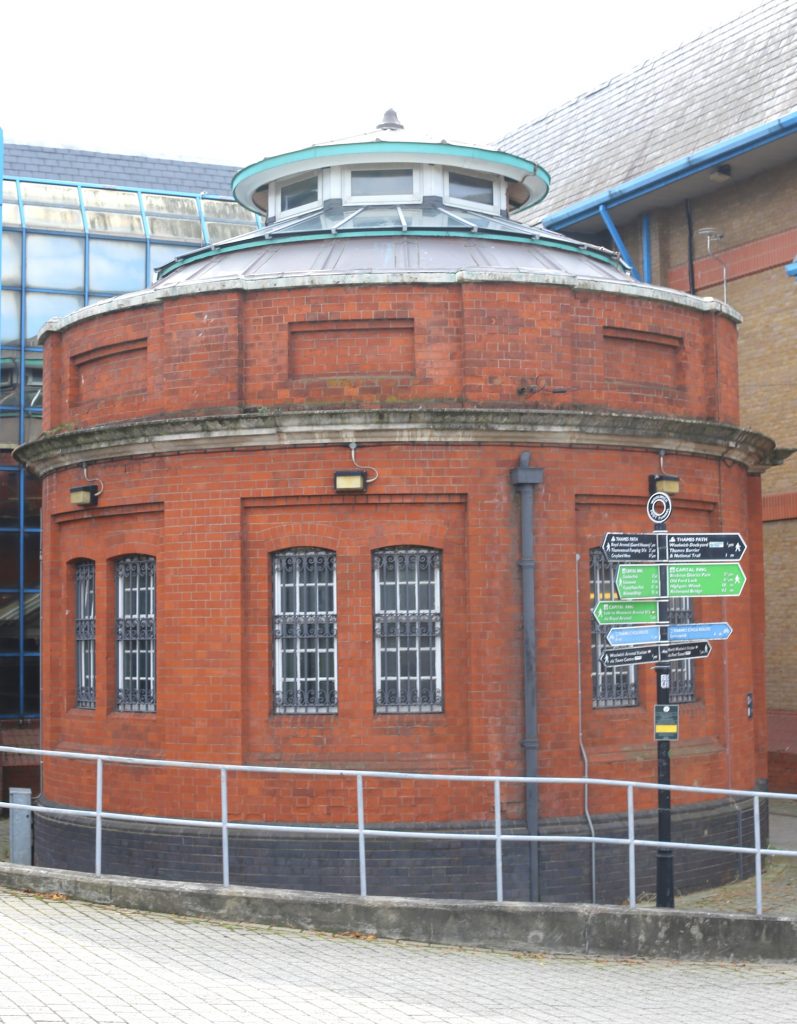
Are we now standing by the Celtic Omphalos of London? Here as you descend the steps of the Woolwich Foot Tunnel you hear the echoes of footfalls, running gently over soft banks and marsh footpaths, pathways made of rough hewn wood.
“Extensive marshes formed along the Thames valley during the Neolithic (c 4000–2000 BC). Permanent settlements would have focused on the higher ground further south or on islands within the marsh. Sea levels rose again in the Bronze Age (c 2,000–600 BC), submerging areas of lower ground along the foreshore, so that creeks and fleets would have criss-crossed the area of the site.
Antiquarian finds of this period include weapons and preserved wood (possibly forming a trackway), of vague provenance in the area of the Warren (later the Arsenal). The discovery of metal artefacts associated with a former wetland has been linked to votive or ritual
activities.” (from unpublished Archeological Report – Crossrail)
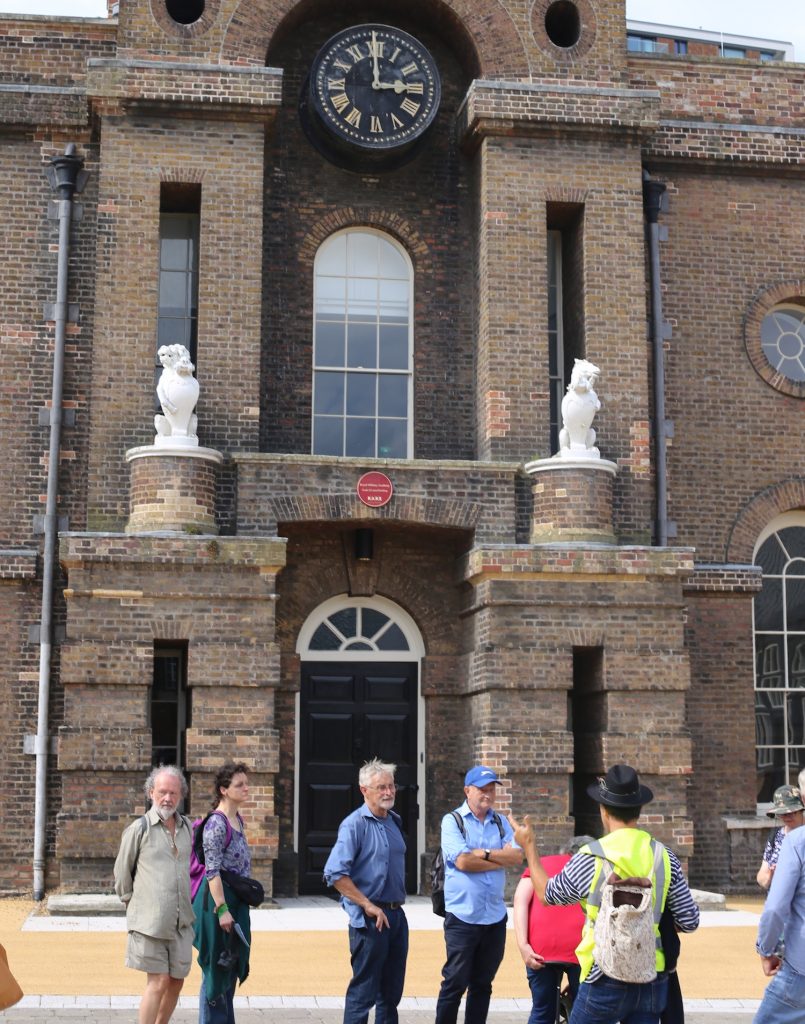
Have they forgotten the Old Clockhouse Tower in Woolwich Dockyards? ‘Sunk without Trace’ – Sailor Forbes reckons there is still a Haven there – and out of this new madness, an old narrative will return…. growing out of the Celtic Oppidda and from the true omphalos of Plowonida/London.
“1.5 A New Narrative for Woolwich
Importantly, Woolwich’s regeneration is not about creating a ‘new Woolwich’ from scratch. Woolwich is fortunate in that it has an extensive heritage, epitomised in the former Royal Arsenal and in the generations of different people who have come to Woolwich to work and live and call it home. This provides a solid and fascinating bedrock upon which Woolwich can build its future.
The challenge will be to develop and communicate a Woolwich narrative, which incorporates Woolwich’s fascinating industrial and social heritage, includes both existing and new residents, and symbolises a dynamic future for Woolwich, while still remaining true to its roots and its people, and retaining its authentic character. The new creative district will help put Woolwich on the map of London’s ‘happening places’. But the narrative must also incorporate the historic thread of Woolwich’s industrial, cultural andsocial heritage, and use this to project an exciting future. The ambition is to enable the Army to do for Woolwich what the Navy did for Greenwich. This will underpin a sustainable, long-term identity for Woolwich as a vibrant and desirable place to live, work, invest and visit.”
(Greenwich – Woolwich Development Startegic Document 2019)
